
The increasing global warming in recent years and the associated changes in weather conditions require appropriate adjustments to traditional agricultural technologies and the selection of optimal strategies and tactics.
In general, we can state that this year the reserves of soil moisture in the main grain sowing regions of the country are mainly at an optimal level. According to our calculations, this moisture will suffice for about 20-25 days in the post-sowing period under average annual weather conditions, i.e. almost until the end of June. This gives us grounds to speak about a good opportunity to get even sprouts, and if there are still heavy rains in late June - early July, we can expect a good harvest.
Last winter in all regions of Central and Northern Kazakhstan was relatively mild, the ambient temperature was much higher than usual, which makes it possible to start field work at an earlier date. The main task in this period is moisture conservation and weed control. Optimal terms for sowing spring wheat and grains in general depend on summer precipitation.
With maximum precipitation in June, the early sowing period (5-15 May) ensures higher yield and quality of grain. Higher yields at August's maximum precipitation can only be achieved when sowing in late May.
To show the dynamics of precipitation distribution in Northern Kazakhstan during the summer period. On the average, according to statistics for 1961-1995, the June maximum summer precipitation was observed at 18% of summers, the July maximum at 36%, the August maximum at 21%, and the 25% of summers did not have an expressed maximum. Accordingly, during these years, crops from May 20 to June 4 were mostly effective.
Over the past 23 years, the situation was as follows: 24% of summers had a June maximum summer rainfall, 48% - July maximum, 13% - August maximum and 15% of summers had no pronounced maximum. Thus, over the last years, the summers with July maximum summer precipitation increased, respectively, sowing was carried out from May 17-18 to June 4 everywhere.
Among the factors aimed at increasing crop yields and improving product quality, the right selection of varieties and quality of seeds plays a special role. It is worth remembering that about 30-40% of yield increase depends on this factor. The examination of wheat seeds conducted this year by our scientists in 24 seed farms of North Kazakhstan, Kostanay, Akmola, Karaganda regions showed that practically all tested samples have high sowing capacity with sporoniferous bacteria and fungal pathogens.
Unfortunately, this year, much of the seed material also has low germination energy.
At the same time, there is an agronomical truth: if seeds correspond to all parameters, but have low germination energy, they cannot be considered complete. The elimination of such shortcomings in the seed material requires a qualified approach. Here, along with such traditional measures as air-thermal heating and chemical treatment, treatment with growth stimulants is also necessary.
For our part, our university is prepared to provide all the necessary consulting aid to agricultural businesses in the in-depth study of the quality of seed material, as we have the appropriate laboratory facilities, highly qualified specialists and scientists for this purpose.
An important issue is the choice of a variety. Due to the absence and lack of quality varieties of domestic selection, farms have to import them from outside, primarily from Russia. For this reason, currently the share of spring wheat varieties of Russian selection in the northern regions of Kazakhstan has reached 60%. Such situation not only carries risks in the part of food security of the country, but also contains such danger, as change of some basic characteristics of imported seeds in new unadapted natural and climatic conditions, in particular, prolongation of terms of ripening.
There is no doubt that this factor is one of the reasons for the shift in harvesting times in the region as a whole, and all this, combined with climate change, causes part of the harvest to remain under snow, a phenomenon that has become a growing trend in recent years.
In turn, we have continuously discussed negative consequences of the negligent attitude to questions of development of domestic seed breeding; offered to strengthen measures of the state support and regulate scientific researches in this area, wide introduction in practice of modern methods of selection based on genetic engineering, training of the young scientists possessing knowledge of such methods of researches. However, these issues remain unresolved, and this, in the near future may have a negative impact not only on our export potential, but also on the provision of the population with their own agricultural products.
Convincing evidence of this is the sanctions wars that have unfolded in the world in recent years, as well as the severe restrictions imposed by countries due to the coronavirus pandemic, which have destroyed many of the strong inter-State economic ties that have developed over the years. We need to draw appropriate conclusions from that situation. In this regard, it would be right to adopt and implement a special republican program for the development of breeding and seed production of agricultural crops.
Peculiarities of this autumn-winter period have created favorable conditions for winterization of pathogens and plant pests, which, in turn, may give rise to complex phytosanitary situation in the future.
It is with this in mind that a strategy and tactics for plant protection will have to be developed and that all the necessary agro-technical and chemical control measures will have to be carefully implemented. In these years, septoriosis and rust become widespread. In this regard, it would be prudent to stockpile appropriate drugs against these and other diseases in advance.
It is very important to choose the right timing for treatment. In this matter, along with the traditional methods of identifying the stages of disease development, it is necessary to resort to new digital technologies based on remote sensing of fields.
In addition, such techniques offer a wide range of possibilities not only for rapid detection of the stages of disease development and pest spread, but also for precise delineation of the boundaries of the relevant areas so that point treatments can be carried out ahead of time, thus saving a great deal of time, money and resources. In that regard, our university has good experience working with agricultural businesses.
Favorable conditions of the last autumn and significant soil moistening in spring create opportunities for maximum development of weeds. Nowadays, it is better to implement weed control in April-May, when up to 70% of weed seeds are sprouted. On the basis of these data it is necessary to draw up a map of field contamination and develop a strategy and tactics taking it into account.
The availability of 2-4 perennial and 15-20 annual weeds per 1 sq.m. is taken as an economic threshold of harmfulness at which the cost of using herbicides is recouped. It is necessary to take into account the necessity of periodic change of herbicides to avoid the manifestation of resistance in weed plants. The use of combined two- or three-component preparations, combining the properties of herbicides of different groups, which expands the range of their action, also justifies itself.
It is well known that the maximum effect from the application of mineral fertilizers can be obtained in wet years. This year's conditions can be generally regarded as favorable. However, the application of mineral fertilizers should be approached appropriately - taking into account the agrochemical state of each field.
Nowadays, in all developed countries, differentiated application of mineral fertilizers as a part of precision farming system is increasingly being introduced into practice. And we should switch to such method, because it is the basis for rational use of resources and obtaining maximum productive and economic effect. For this purpose, first of all, it is necessary to draw up a precise agrochemical map of each field, to determine the degree of non-uniformity of the main chemical elements in the soil. At present time, such a method of determining the agrochemical state of soil has been developed by our scientists and applied in practice in farms.
The last thing I would like to draw the attention of our agricultural producers is the necessity of transition to precision farming technology. It should be noted that this is not only the practice of advanced countries, but also the prospect of agricultural development, because it provides the basis for increasing both productivity and efficiency of production.
Thus, the future of our agricultural industry is inextricably linked to the development of this technology. At the same time, the essence of our recommendations is not a mass and one-step transition, which is unrealistic given the current level of technical equipment of farms, but a phased introduction of individual elements such as parallel driving, differentiated use of herbicides, mineral fertilizers based on the data of agrochemical maps of fields, mainly by equipping with additional options of the existing technical park of farms.
Under the conditions of the pandemic, many industries in our country are limited in their development. There is no doubt that from now on agriculture really turns into a driver of economy. This agricultural year is especially important for us because under conditions of limited food imports, the provision of basic food products to the country's population depends on its effectiveness.
As academician Alexander Barayev said, "you can't fool land, you have to understand it". Therefore, we need to carry out timely and high-quality sowing work, the future harvest depends on this.



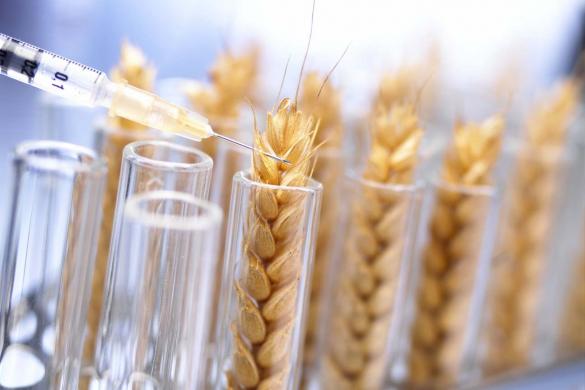
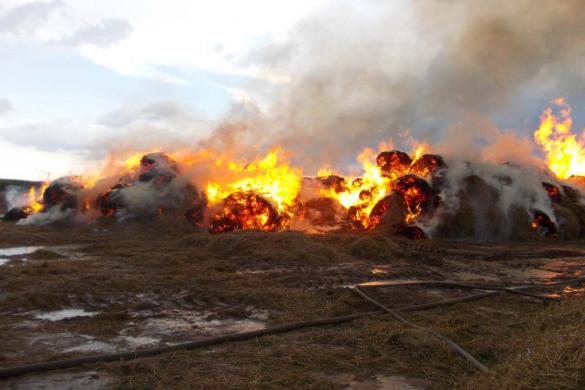
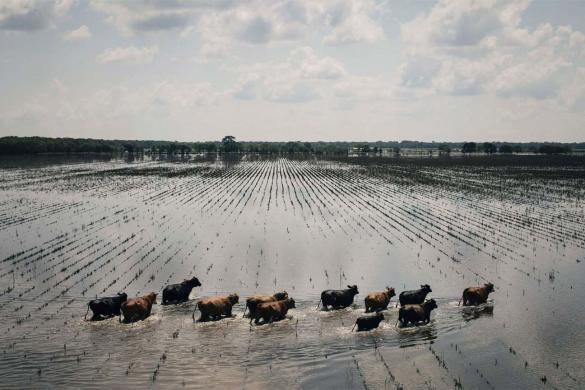
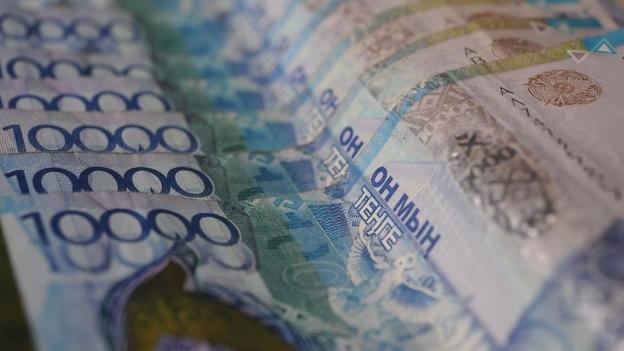







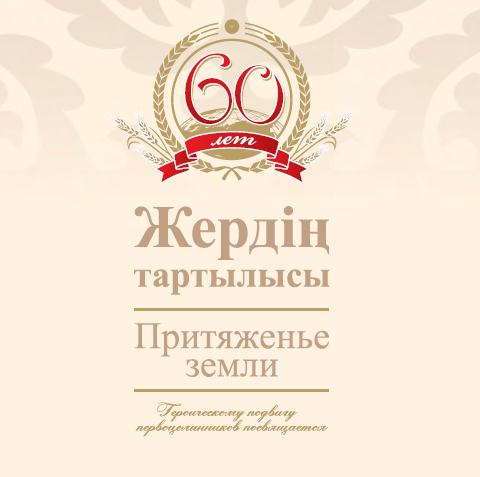
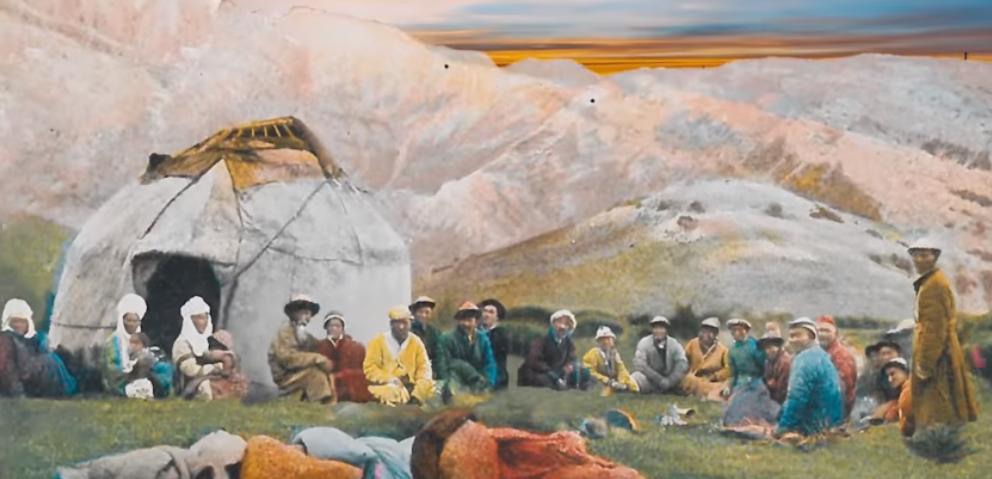





























Обсуждение